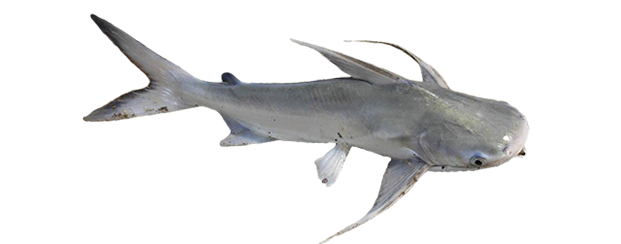Catfish, Gafftopsail

View Regulations

Scientific Name
Bagre marinus


Common Names
Sail cat, Schooner-rig catfish, Joe cat, Bandera, Sailboat cat, Gafftopsail seacatfish, Gafftop cat, Tourist trout


Description
The Gafttopsail Catfish claims its name from the protruding spine from the top of its dorsal fin, which extends much like a mast from a sail boat. Their coloration ranges from a blue grey to silver on its sides with a white underside. It also has protruding barbels from the lower jaw as well as long venomous spines protruding from their fins. They also lack scales.


Habitat & Behaviour
Gafttopsail Catfish can be found in large schools moving from coastal areas to warmer waters during the winter. During the rest of the year they can be found in shallow muddy waters, brackish bays or estuaries.


Natural Prey
Gafttopsail Catfish will dine on many different things, however generally speaking, their diet consists of invertebrates and smaller fish.


Handling Tips
Beware of spines on dorsal and pectoral fins; they are coated with a bacterial slime that can make them hard to handle. Grab by the mouth or use fish grippers and be careful. ***tip – if you get grazed/stings and you are harvesting the fish, take a fillet knife and scrape the slime off the side and the bottom and run it down into the wound, it will neutralize the sting. It must be the same fish that you use to scrape the slime off. Slime dries out and seals the wound, will stop it from bleeding until you can get home and treat it properly. Hot soapy water is also good for stings – immerse the sting in the hot soapy water.

- Lucky Tackle Box
- Billfish Bounty in the Heart of the Mayan World – Guatemala
- The Best Species of Shark to Catch
- How to Catch a Shark: what equipment do you need?
- The Best Winter Fishing Spots in Texas






